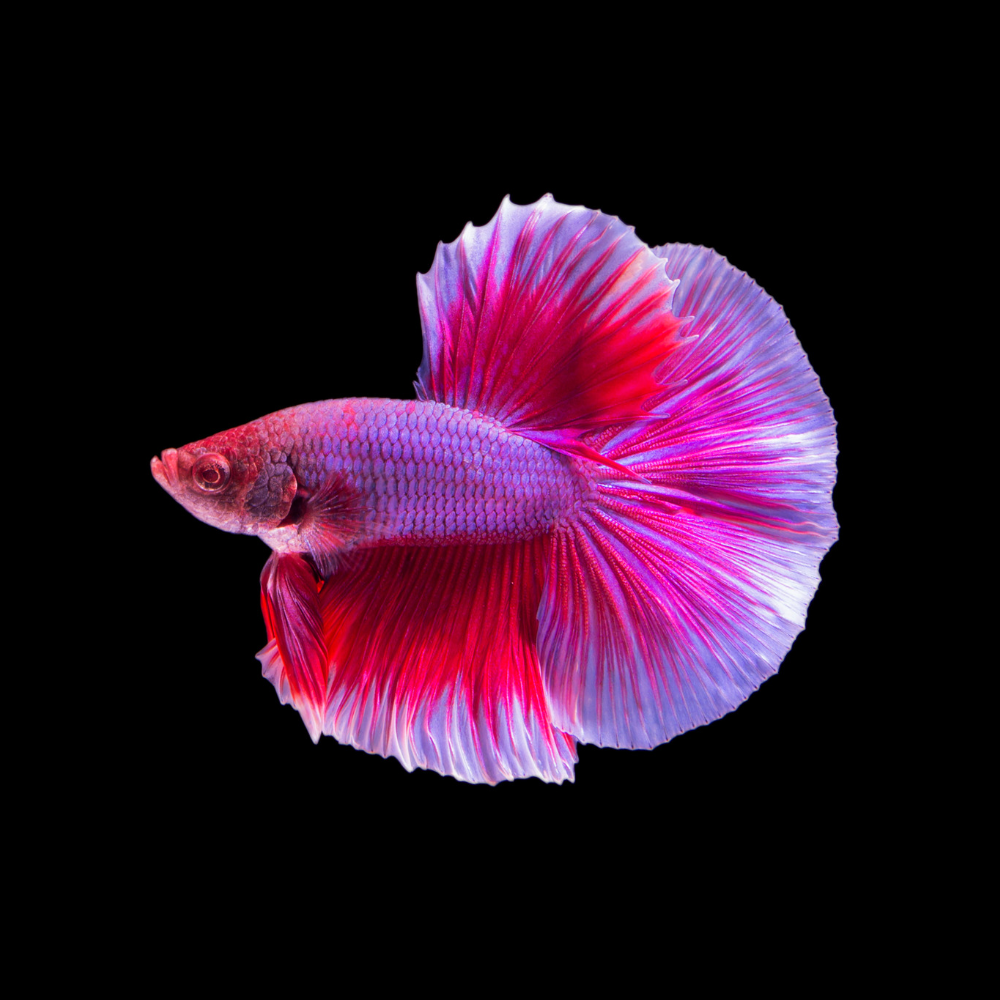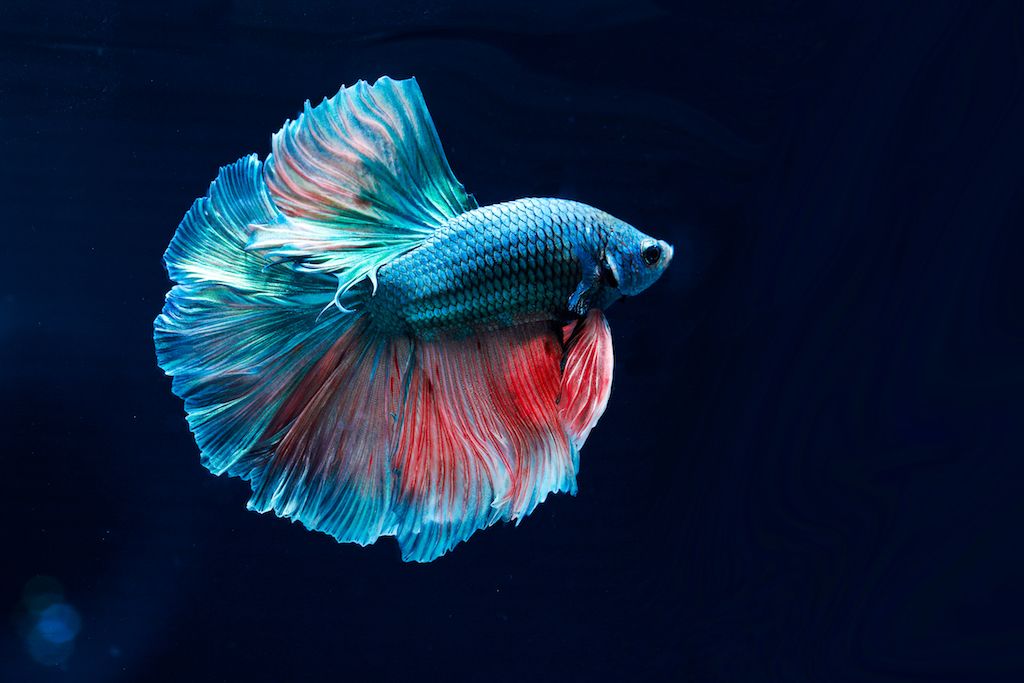Comprehending Betta Fish Behavior: What Every Proprietor Ought To Know
How to Reproduce Betta Fish Efficiently: Expert Strategies and Insights for Hobbyists Looking to Expand Their Betta Collection
Breeding Betta fish requires a nuanced understanding of genetics and environmental problems, making it essential for enthusiasts to approach the process with both persistance and treatment. Producing an optimum breeding setting, selecting the appropriate pairs, and observing the details of their courtship actions are fundamental steps that can considerably influence the result.
Understanding Betta Fish Genetics
Understanding the genetics of Betta fish is essential for successful breeding, as it affects qualities such as shade, fin shape, and habits. Betta fish display a varied array of colors and patterns, largely figured out by their hereditary make-up.
Along with pigmentation, fin morphology is an additional substantial element of Betta genes (betta fish). The sizes and shape of fins are affected by various genetics, consisting of those that establish whether the fins are brief, long, or veil-shaped. Comprehending these genetic variants helps dog breeders predict the phenotypic end results of their offspring
Furthermore, behavior qualities such as aggression and territoriality can additionally be affected by genes. These behaviors play an important function in the breeding process, as they can affect generating success and the total character of the resulting fry. By comprehensively recognizing these hereditary concepts, breeders can make educated choices, inevitably boosting their reproduction programs and accomplishing desirable results.
Preparing the Reproduction Setting
Creating an ideal breeding atmosphere is crucial for the effective reproduction of Betta fish. The very first step in preparing this environment is to pick a suitable breeding storage tank, ideally varying from 5 to 10 gallons. This size enables adequate swimming room and the establishment of regions. The storage tank ought to be outfitted with a heating system to maintain a secure temperature level between 78 ° F and 80 ° F, which is crucial for motivating generating habits.
Next, take into consideration making use of a sponge filter or an air rock to supply mild water blood circulation without producing solid currents that can worry the fish. It is important to install plants or reproducing cones to use hiding areas and promote convenience for the woman throughout the spawning procedure. Floating plants, such as Java moss or water sprite, can also produce a more native environment while promoting bubble nest structure by the man.
Before introducing the reproducing pairs, ensure the water is conditioned and without hazardous chemicals, such as chlorine or heavy steels. betta fish. Regular water modifications must be conducted to preserve ideal water top quality, enhancing the possibilities of successful breeding. With these preparations in area, the breeding environment will support the health and health of both Betta fish
Choosing Reproduction Pairs
Choosing the right reproduction sets is vital for attaining successful Betta fish reproduction. When picking your reproduction pairs, think about a number of vital aspects pop over to this site consisting of health, personality, and genetics. Healthy and balanced Betta fish display vibrant colors, clear eyes, and energetic behavior. Picking fish that are devoid of illness makes certain a much better chance of producing sensible offspring.
Character is another important consideration, as Betta fish are recognized for their hostile nature. It is suggested to choose a male and woman that show suitable temperaments to reduce tension during the reproducing procedure. A tranquil man can encourage a smoother courtship, while a woman that is too aggressive may interfere with the process.
Genetic history likewise plays a considerable function in the top quality of the offspring. Breeding fish that are genetically diverse can minimize the risk of genetic wellness problems and boost the overall vigor of the fry. It is beneficial to investigate the family tree of both the male and female, focusing on preferable traits such as fin type, shade patterns, and dimension.
The Reproduction Process
The breeding procedure of Betta fish requires cautious preparation and interest to information to guarantee an effective end result. It is crucial to prepare an appropriate reproduction tank, ideally a 5-10 gallon aquarium with a temperature preserved at 78-80 ° F. The storage tank ought to be find out here outfitted with a heating unit, filter (preferably sponge type to stay clear of strong currents), and a lot of marine plants for the female to conceal.
When the environment is set, present the picked breeding set to the tank, allowing them to accommodate. Observe their actions; the male will certainly present fancy courtship rituals, including flaring his fins and building a bubble nest. If the female shows interest, she will present upright stripes suggesting preparedness for spawning.
When the lady is receptive, both will take part in a breeding embrace, during which the male fertilizes home the eggs. It is critical to check their communications carefully, as the male might become hostile. After spawning, get rid of the female to stop possible damage. The male will certainly have a tendency to the eggs, which normally hatch within 24-36 hours. Preserving optimal water conditions throughout this duration is necessary for the growth of healthy and balanced Betta fry.
Caring for Betta Fry

Feeding Betta fry is crucial, as they call for a diet high in protein. At first, they can be fed infusoria or liquid fry food, transitioning to finely smashed high-quality pellets as they grow. Feed small portions multiple times a day to urge healthy and balanced development without straining the tank with uneaten food.

As they grow, monitor their growth very closely and separate any hostile people to avoid damage. By offering a nurturing environment and appropriate nutrition, enthusiasts can efficiently elevate Betta fry right into vivid, healthy fish, eventually enhancing their reproduction endeavors.
Final Thought
Effective Betta fish reproduction calls for careful focus to genetic choice, environmental conditions, and care for the fry. By understanding the genetics of Betta fish and preparing a proper breeding setting, enthusiasts can enhance the opportunities of generating vibrant, healthy spawn.